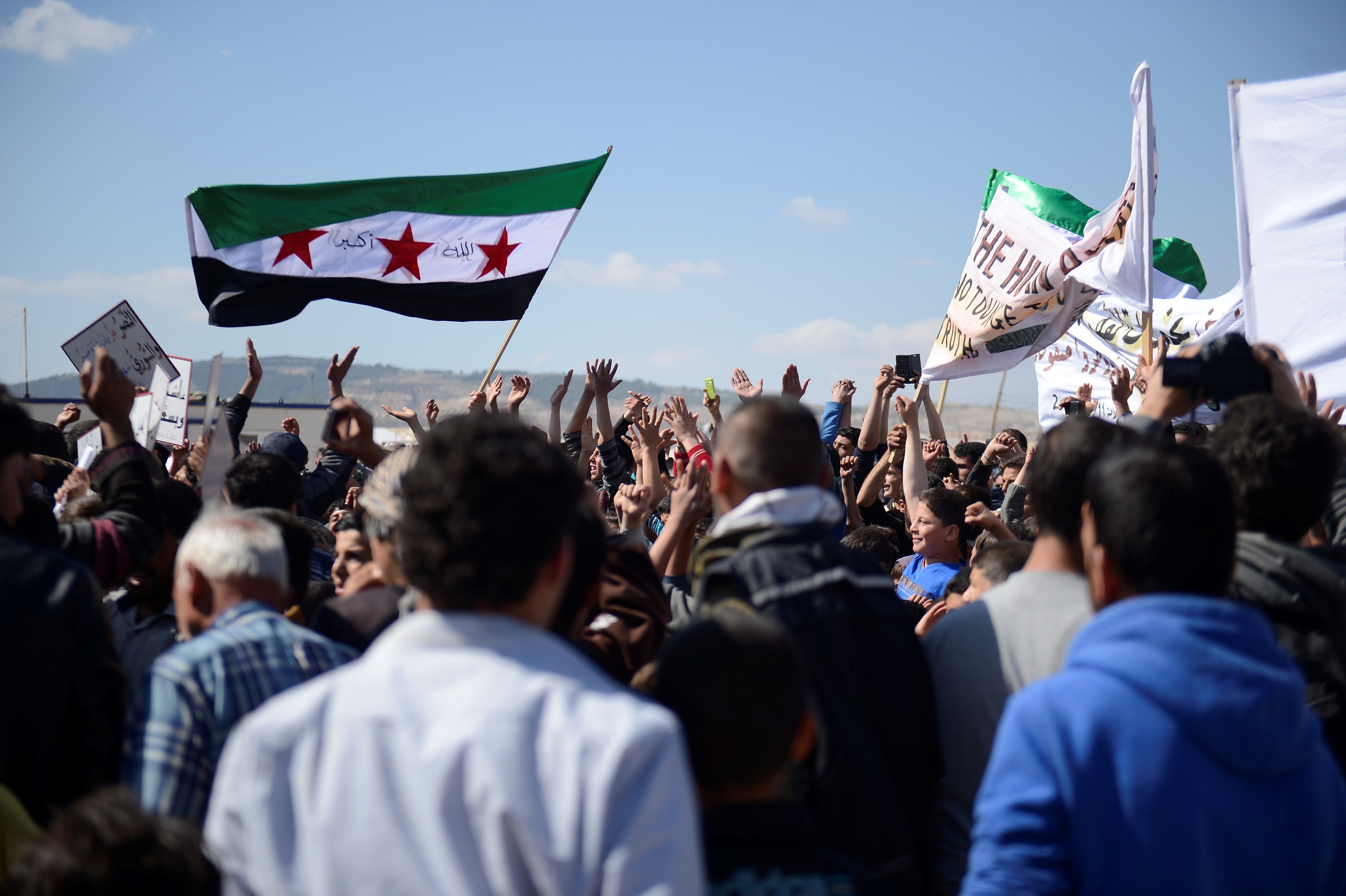War in Syria
Resumption of peace talks on Syria in Geneva under the aegis of the U.N. Pending the outcome of the talks, a proposal of a confederate State (Alawis, Kurds and Sunnis) shaped on the Balkans resulting from the 1995 Dayton agreement, is being considered with the backing of the US and Russia. For General Carlo Jean it’s a possible scenario. However, there remains the urgent need to find a political and diplomatic solution that will end the destruction of a country like Syria, marked by a unique legacy of coexistence and dialogue in the region. That heritage should act as the cornerstone of the Country’s recovery.

The inter-Syrian peace talks, which will see the participation of representatives of the government of Bashar al-Assad and of the opposition, should gain momentum starting today March 14, in Geneva. The talks had been announced on March 9 by the UN envoy to Syria, Staffan de Mistura. The negotiations will take place in “indirect” mode, i.e. the representatives of the various parties will meet, and De Mistura will act as mediator. The round of negotiations is scheduled to continue until March 24, with a few days’ break, to give time to the Syrian delegations to refer the progress of the talks. Despite difficulties the negotiations seem to be on track, also in the light of the truce that has allowed the arrival of humanitarian aids in cities and in areas besieged by the conflicting factions. So far the UN plan has been implemented in ten areas, whereby approximately 900 thousand people will receive humanitarian assistance until the end of April. According to the UN six areas have not yet been reached by humanitarian workers. While waiting to see what possible solutions can be found in Geneva – the hope is that the negotiations will not be deadlocked as happened last January 29 –
the possibility of a confederate State with Kurds, Alawis and Sunnis is gaining ground. Accordingly, Syria would resemble Bosnia, designed by the 1995 Dayton agreements
along sectarian and ethnic dividing lines with the creation of two internal entities in the State of Bosnia and Herzegovina: the Croat-Muslim Federation and the Serb Republic. Such partitioned “Balkanization” scenario has become a viable option after the green light of the United States, Assad’s opponents, followed by Russia, which however is an ally of the Syrian regime.
A Middle-Eastern Bosnia. For general Carlo Jean, expert in geopolitics and military strategy, a federal solution for Syria “is a possible option. It would entail the institutionalization of three religions, each with strong independent administrative powers.
A Kurdish region to the North, an Alawi region to the west, that could include also Druze and Christians with Damascus as its capital city, and a Sunni region at the centre of the Country, with Raqqa as capital, in the area corresponding to the territories currently occupied by the Islamic State, to be liberated and placed under the control of Assad’s opponents, namely, the Free Syria army and Syria’s democratic army”.
“This solution – the expert pointed out – would be very similar to the one adopted under the Ottoman Empire, characterised by independent local authorities. It is yet unknown whether the rebels will be content with the degree of autonomy granted by the central State. Historical experience suggests that in an ethical-religious context, individuals are first loyal to their ethnic group or religion and then to the State. In the Ottoman Empire the imperial army elite, the Janissaries, were tasked with bringing to heel all those who dared raise their heads. Without central authority there can be no order”, noted the general. A Central State “led by Kurds, Alawis and Sunnis”, shaped according to the Bosnian model, could represent “an interim solution. However, it could face many problems in the long run”, Jean cautioned. “Just consider the risk of fragmentation of Bosnia today.
Identity clashes, on religious or ethnic grounds, cannot be solved as if they were traditional armed conflicts, i.e., with a peace agreement signed by ambassadors in their official attires. It’s hard to predict the end of these kinds of conflicts, as they could break out again at any time.”
A heritage that must be preserved. It’s hard to say whether Syria’s future will be decided in advance or in the battlefield. Indeed, the general pointed out, “everyone has had enough of the war. The US-Russia axis could determine the end of the war – Jean said -. It would be enough to interrupt the inflow of munitions. There are plenty of weapons available, while there aren’t enough munitions.” Nor will the conflict be solved in the ballot boxes: Assad has announced national elections for next April. However, the expert underlined, “only Alawi voters will go to the polls. Those who are in the battlefield, those who fled the Country or emigrated abroad are unable to vote. Thus April’s elections won’t be credible elections.” However, the situation could be different in the presidential or legislative elections, to be held under the auspices of the United Nations within the next 18 months, as proposed by Staffan De Mistura in his speech on the Geneva talks. A few days ago Oxfam published a report on what happened in Syria in 2015, the year with the highest death tool since the outbreak of the war. UN estimates recorded 50 thousand dead in 2015, a total of at least 250 thousand since the beginning of the conflict. Not to mention the hundreds of thousands wounded, the millions of internally displaced persons and refugees. Before a massacre of such proportions finding diplomatic and political solution must become a priority on the agenda of world powers.
The heritage of coexistence and dialogue that Syria, like other neighbouring countries such as Lebanon, had preserved, is on the brink of destruction. At stake are not only the past and present of the Middle East, but also its future and that of humanity as a whole.